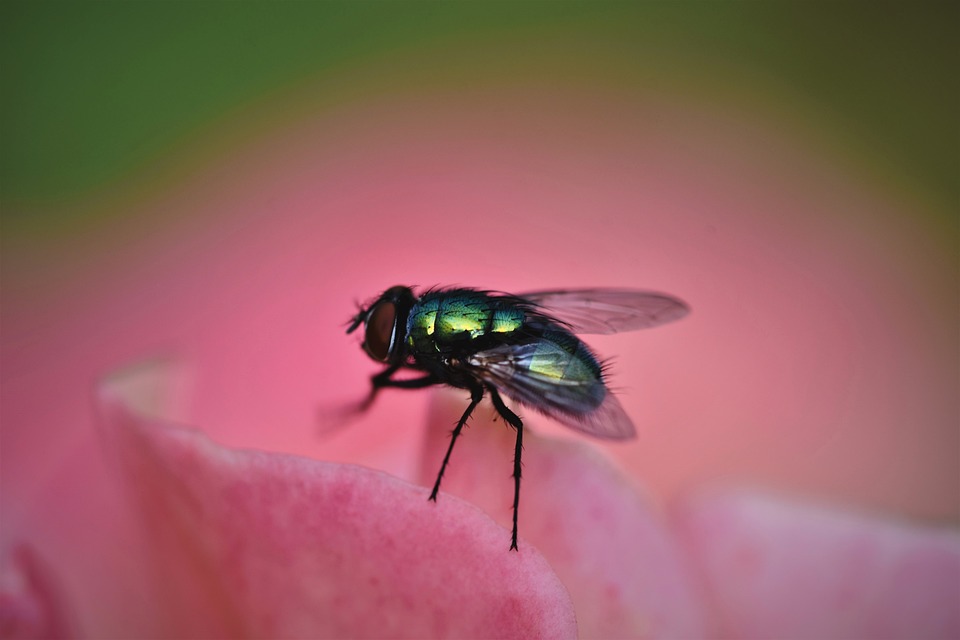Today, we're going to pore over a fantastic ecological technique called a rain garden. Rain gardens are not only smart but also incredibly beneficial for our environment. Let's dive into the world of rain gardens and discover how they help our planet.
What is a Rain Garden? A rain garden is a specially designed garden that collects and absorbs rainwater runoff from roofs, driveways, and other hard surfaces. Instead of letting rainwater flow into storm drains and rivers, a rain garden captures it and allows it to soak into the ground. This process helps reduce pollution, prevent flooding, and recharge groundwater supplies.
How Does It Work? Rain gardens are usually planted with native plants and flowers that have deep roots. These plants are well-adapted to the local climate and soil, making them perfect for the job. When it rains, the water flows into the garden, where the plants' roots and soil work together to filter and clean the water. This filtered water then slowly infiltrates into the ground, replenishing underground water sources.
Benefits of Rain Gardens Rain gardens offer numerous benefits to our environment and communities:
1. Reducing Pollution: Rainwater can carry pollutants like oil, pesticides, and fertilizers from streets and lawns into rivers and lakes. Rain gardens act as natural filters, trapping and breaking down these pollutants before they reach our waterways.
2. Preventing Flooding: By capturing and absorbing rainwater, rain gardens help reduce the risk of flooding in urban areas. They can significantly decrease the amount of water flowing into storm drains, which can overflow during heavy rains.
3. Supporting Wildlife: Rain gardens provide a habitat for birds, butterflies, and other wildlife. The native plants in rain gardens attract pollinators and offer food and shelter to various creatures.
4. Conserving Water: Rain gardens help replenish groundwater supplies by allowing rainwater to soak into the soil. This process helps maintain healthy water levels in wells and natural springs.
How to Create a Rain Garden Creating a rain garden is a fun and rewarding project that you can do at home or in your community. Here are some simple steps to get started:
Choose a Location: Find a low-lying area where rainwater naturally flows or collects.
Design Your Garden: Plan the shape and size of your rain garden. Consider the types of plants you want to include.
Prepare the Soil: Dig a shallow basin and add compost or sand to improve drainage.
Plant Native Species: Choose native plants that are adapted to your local climate and soil conditions.
Maintain Your Garden: Water your plants until they are established, and keep an eye out for weeds and pests.
Did you know that rain gardens can absorb 30% more water than a traditional lawn? That's a lot of water being put to good use!
Rain gardens are a wonderful way to help our environment and make our communities more sustainable. By creating and maintaining rain gardens, we can all play a part in protecting our planet.
Happy gardening!












